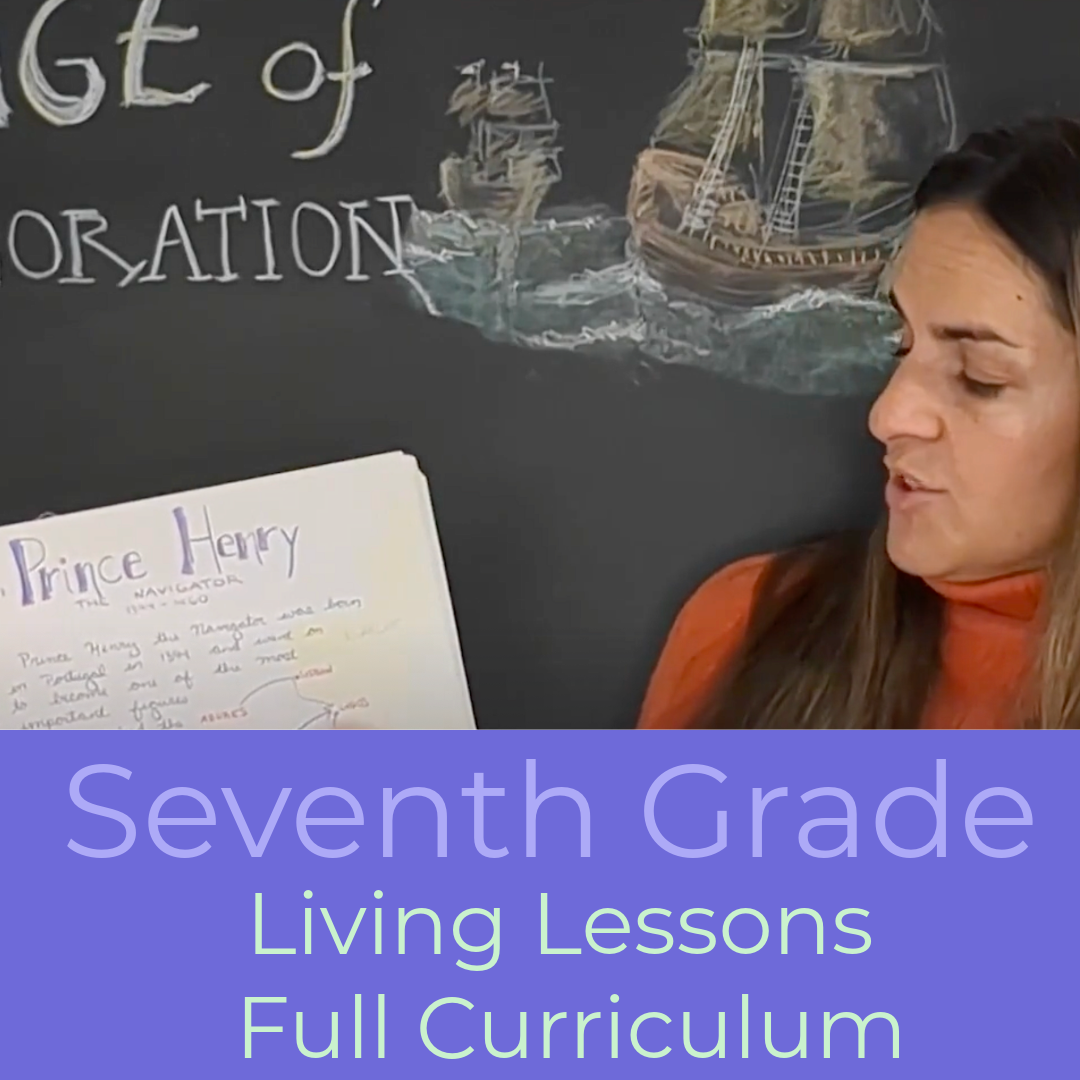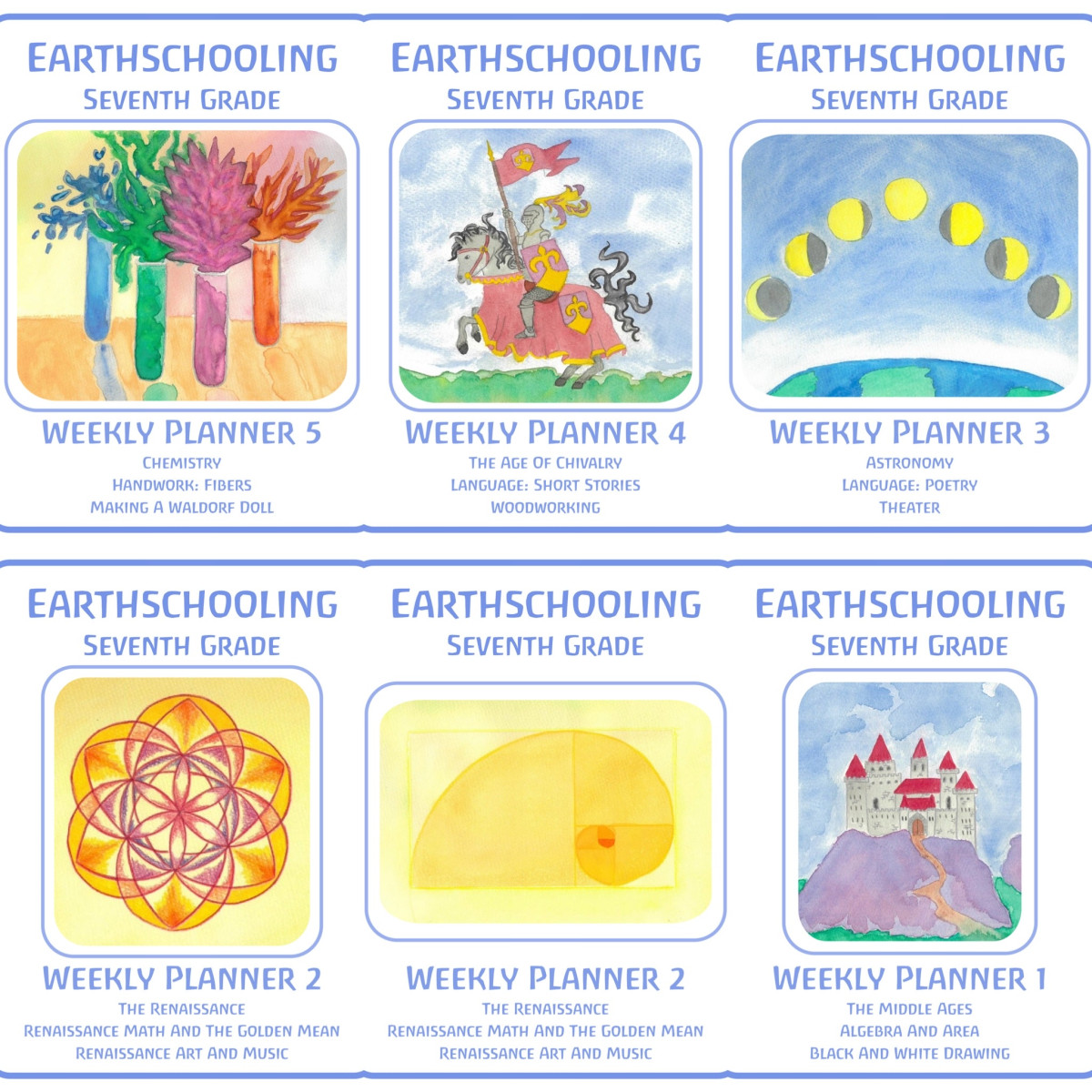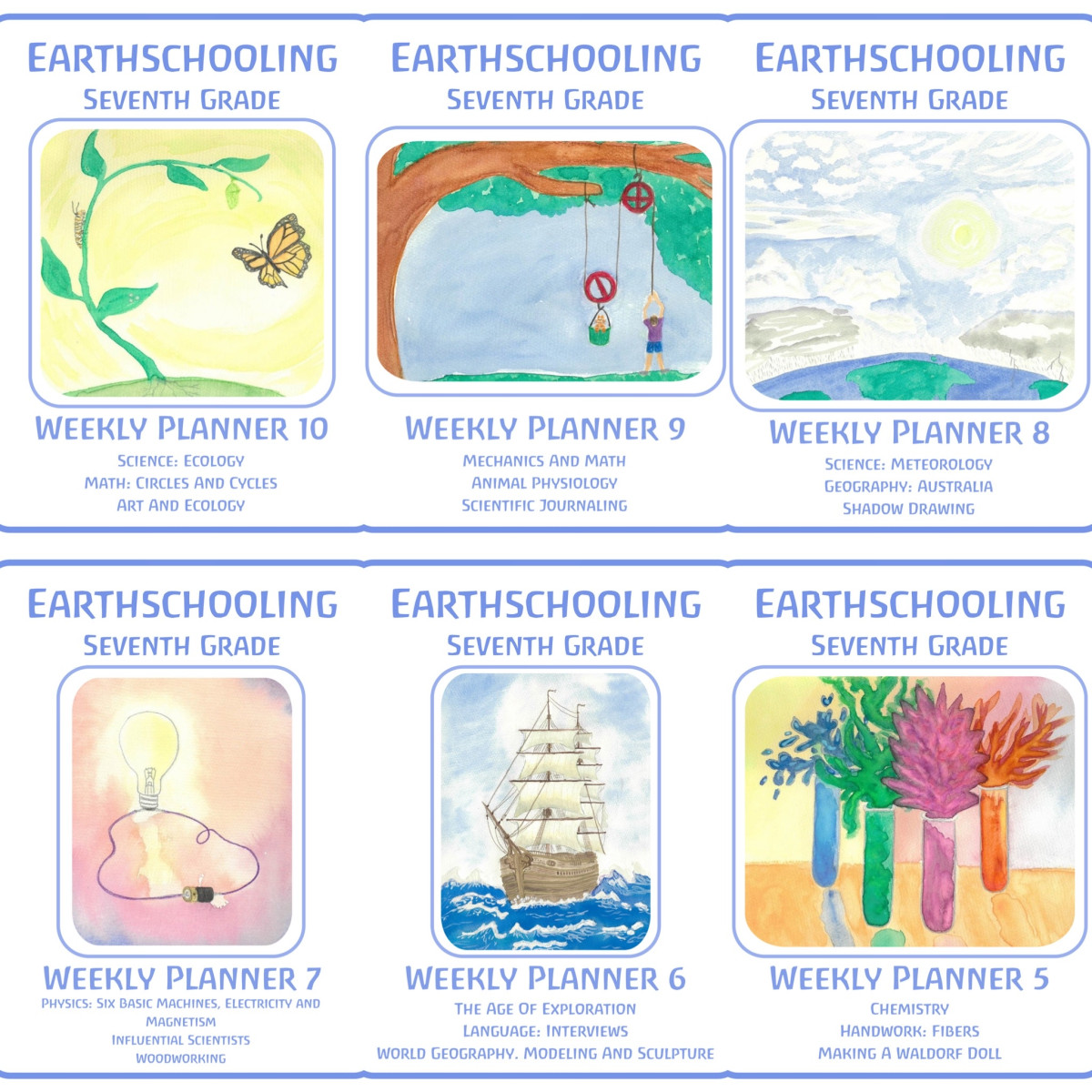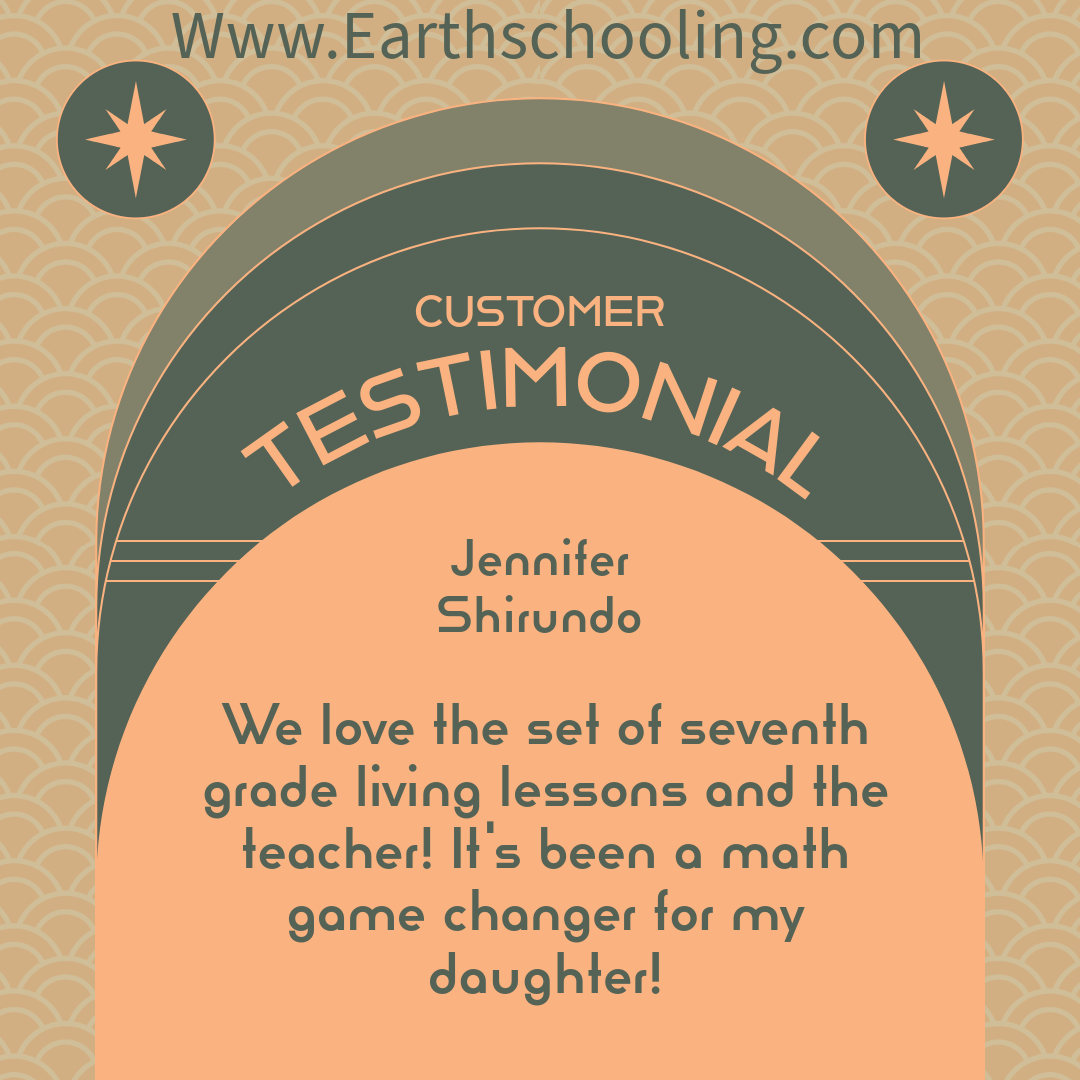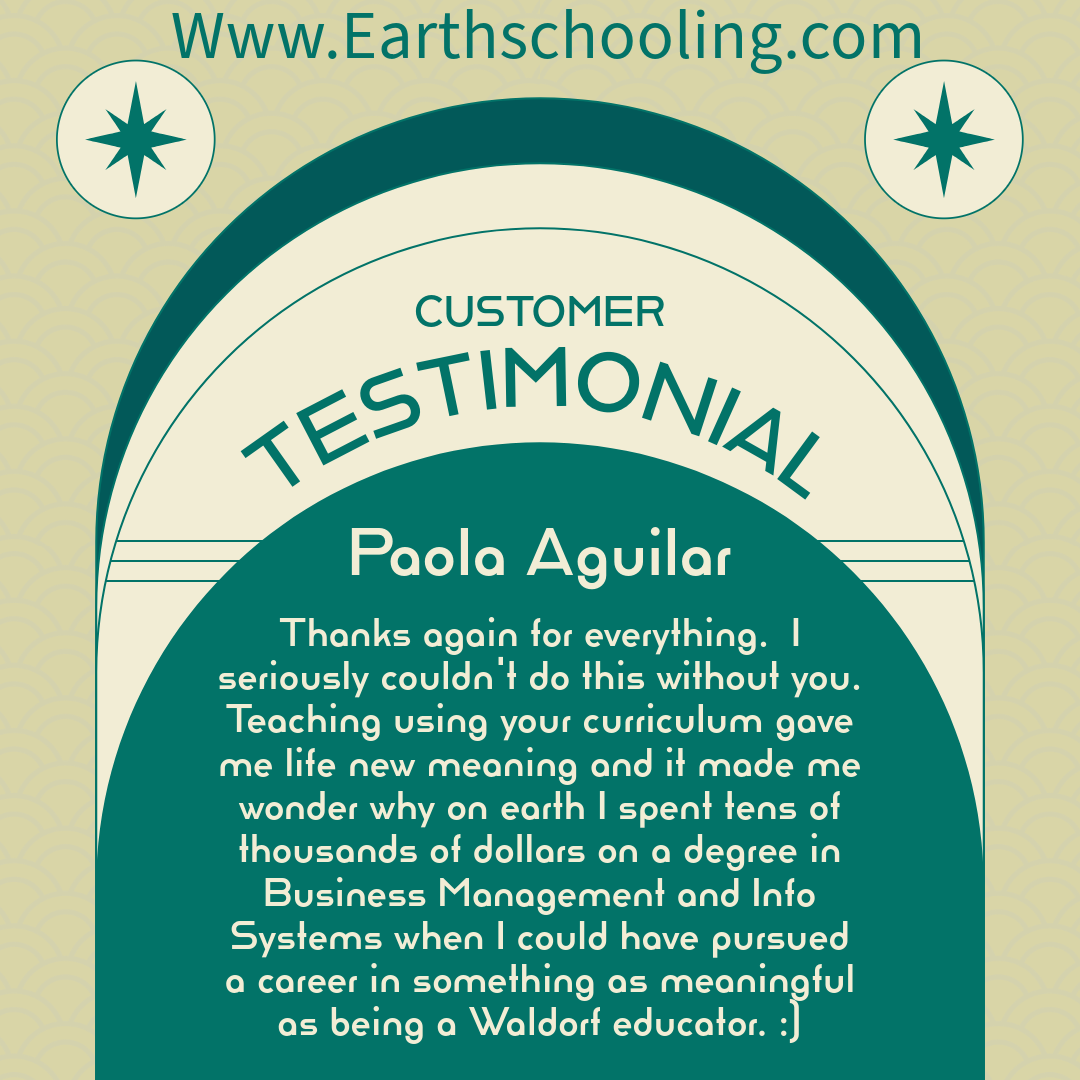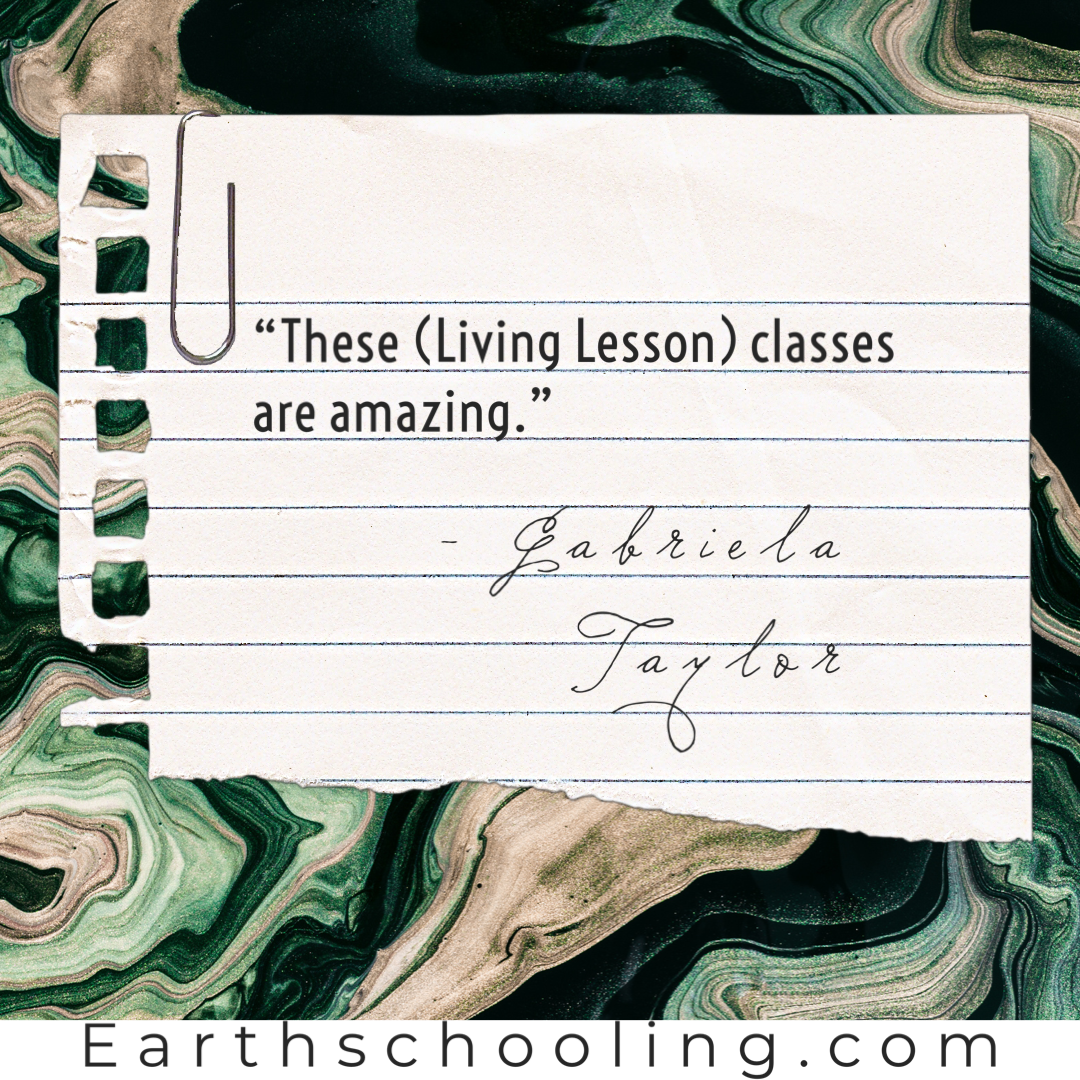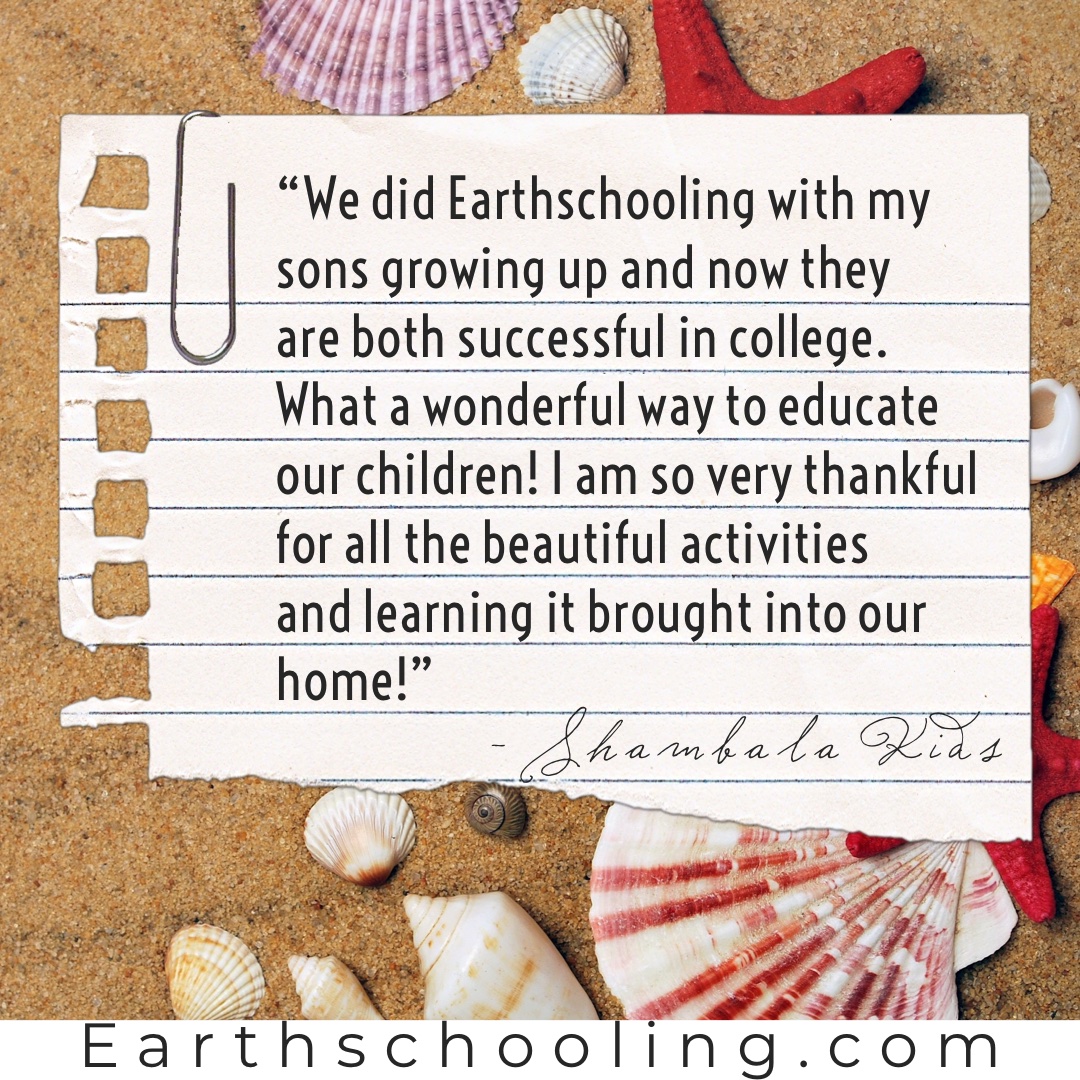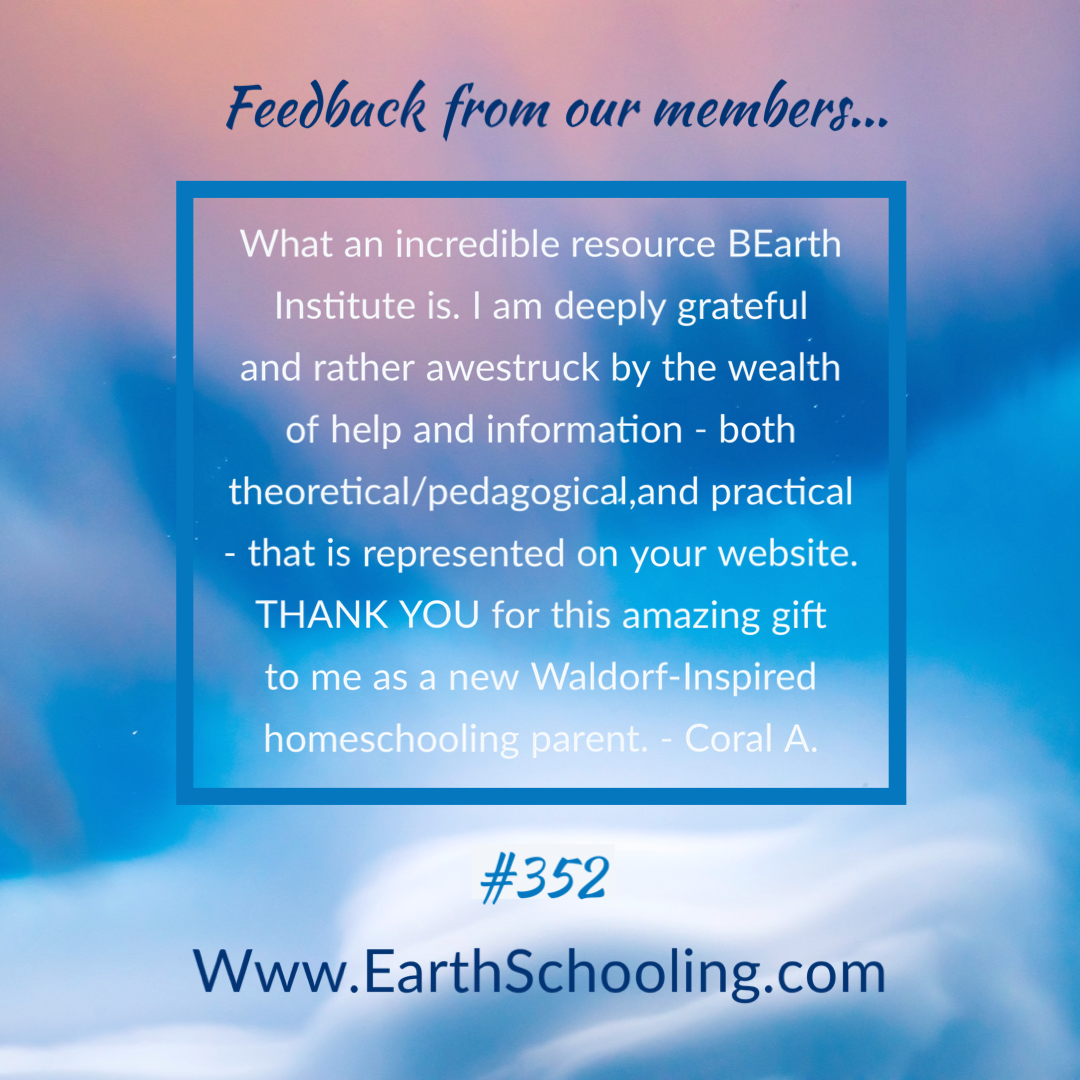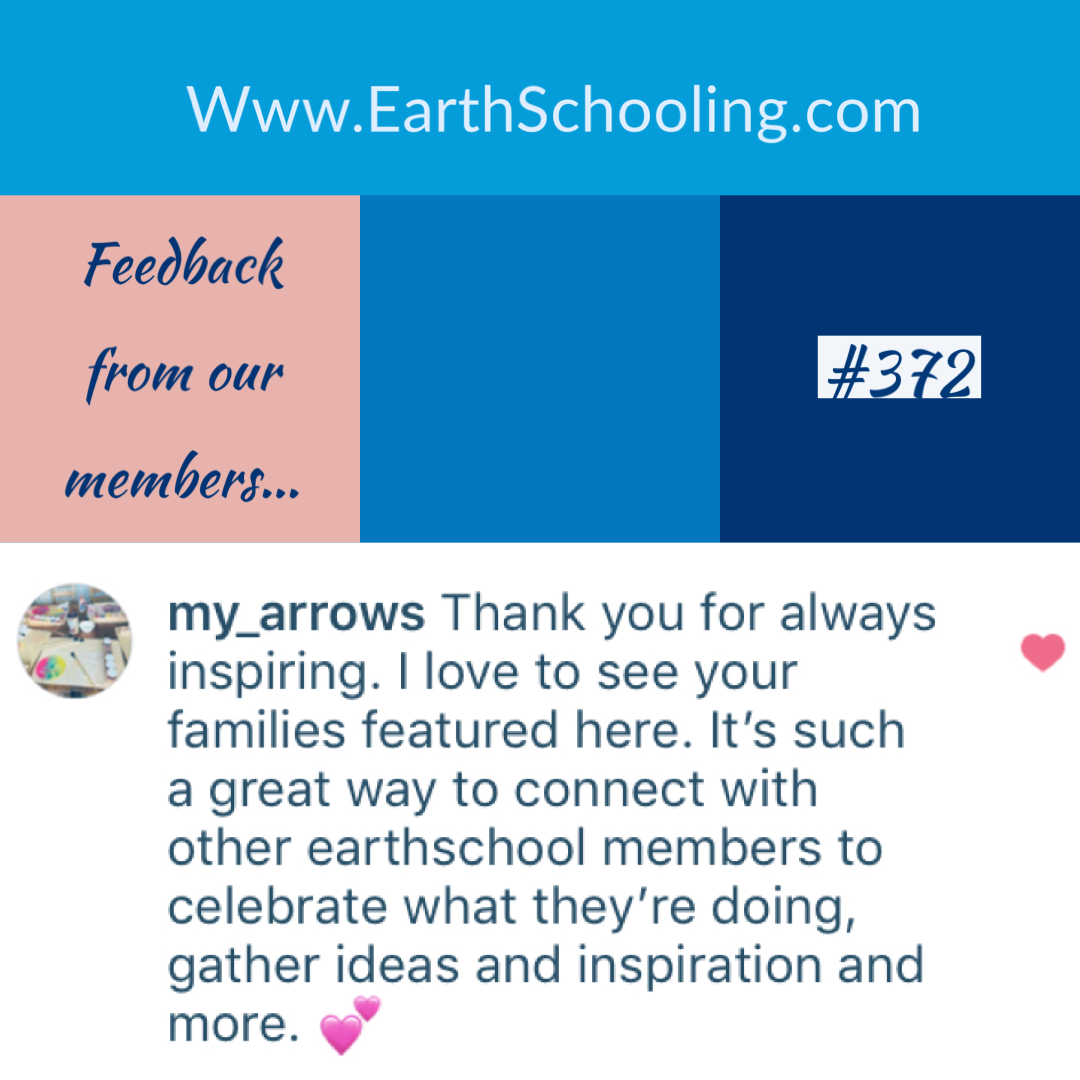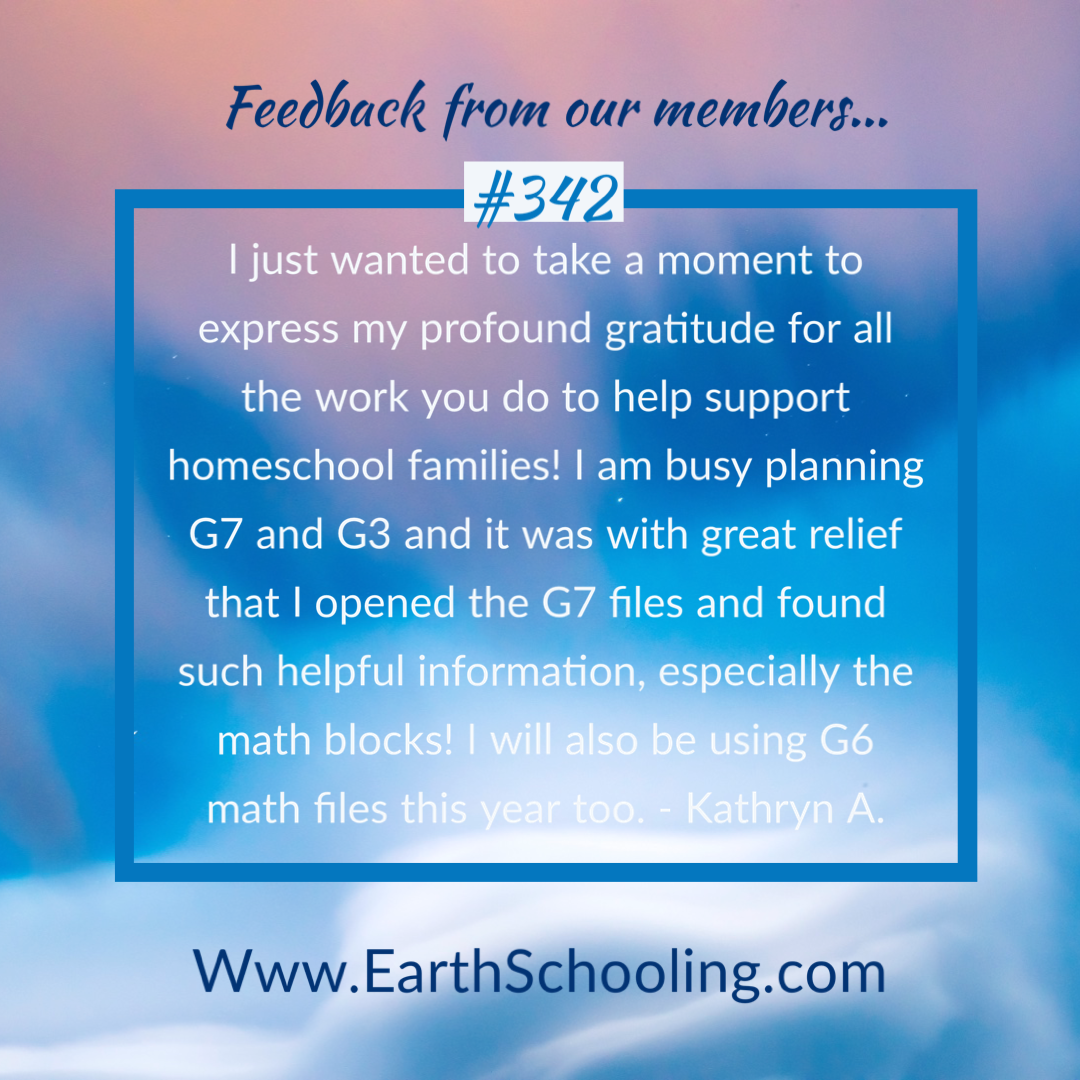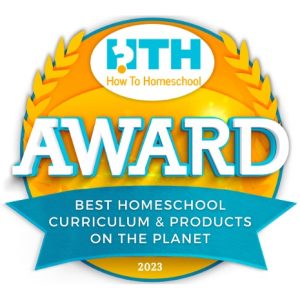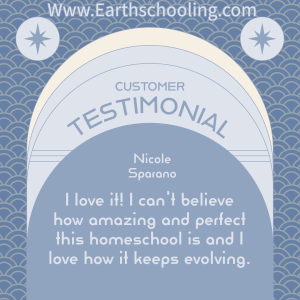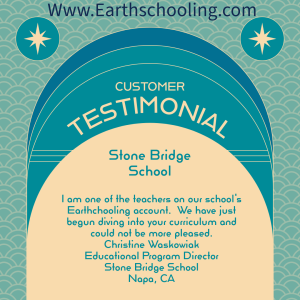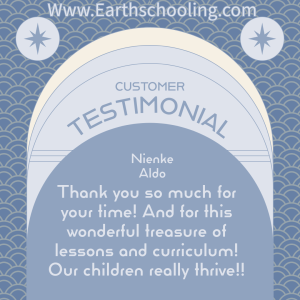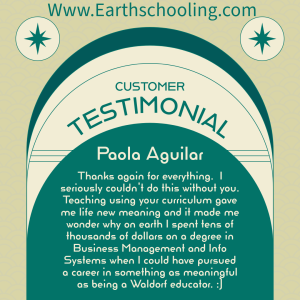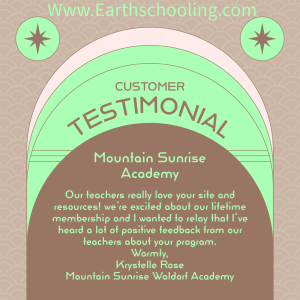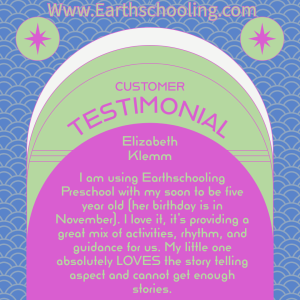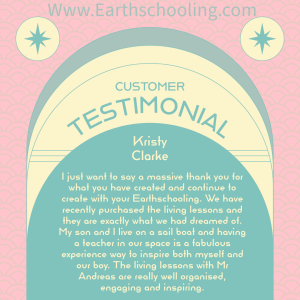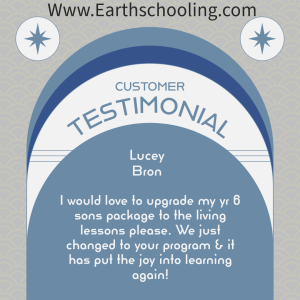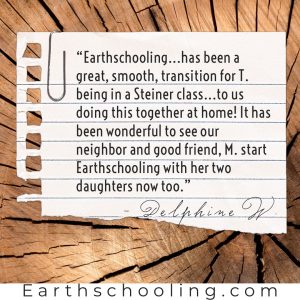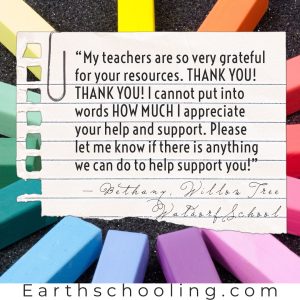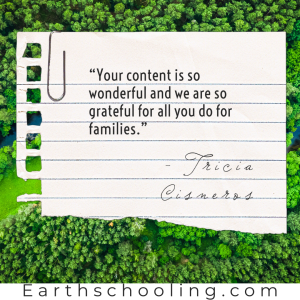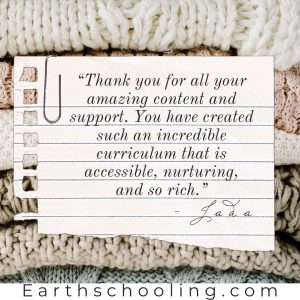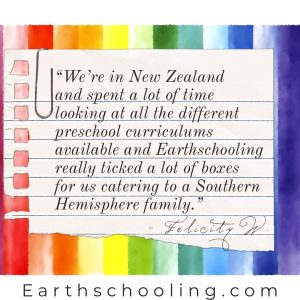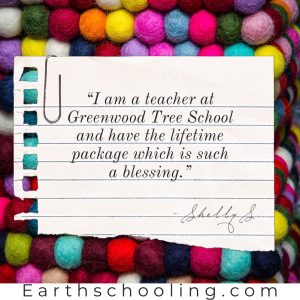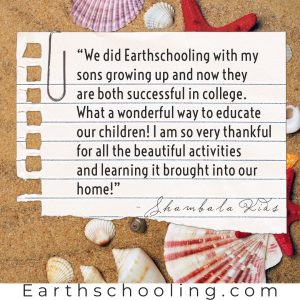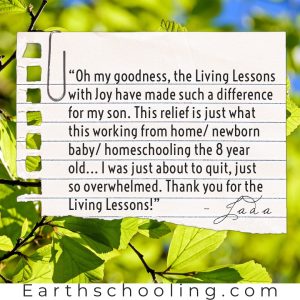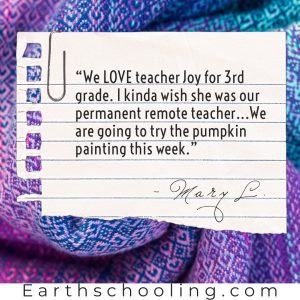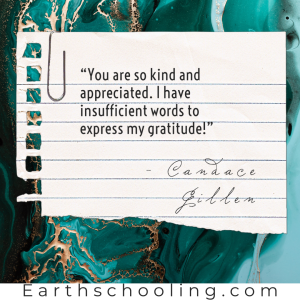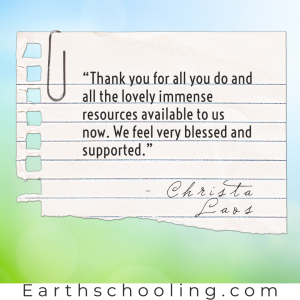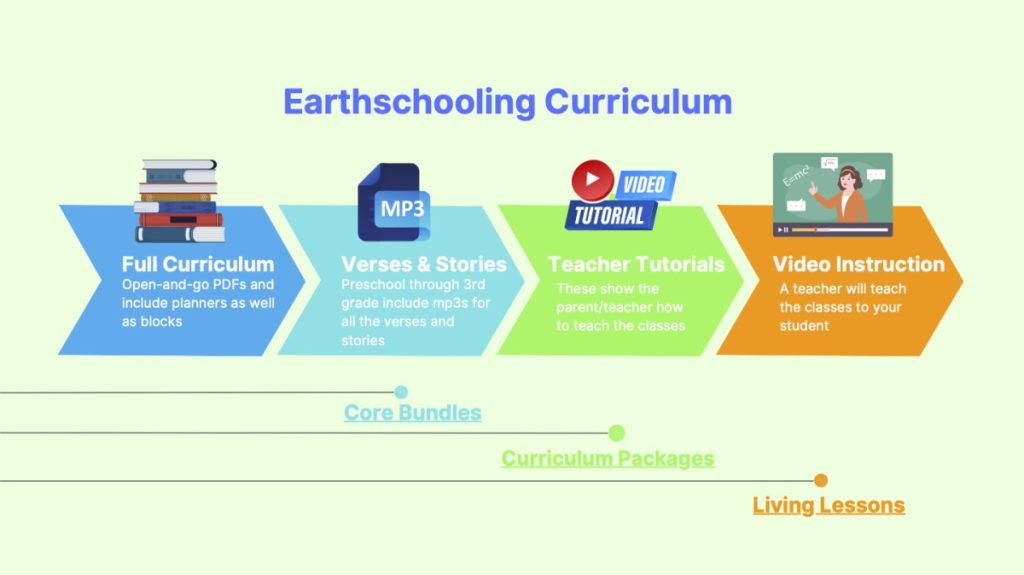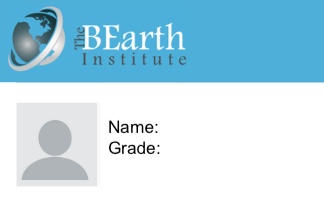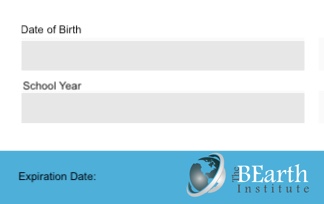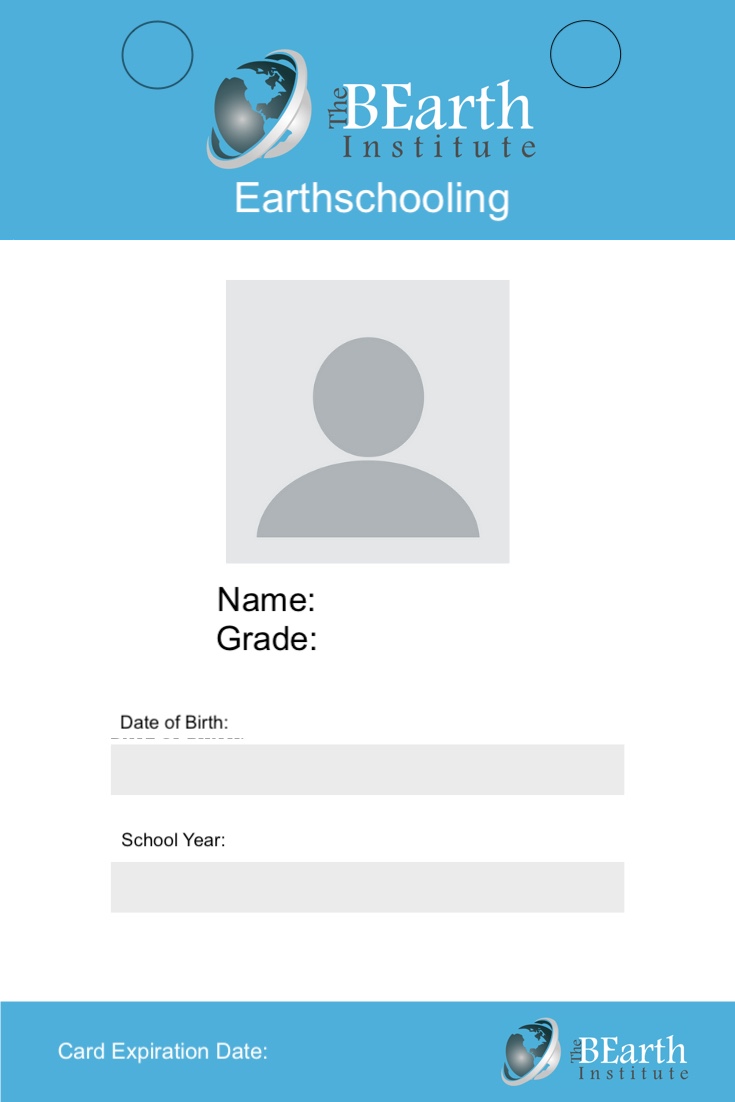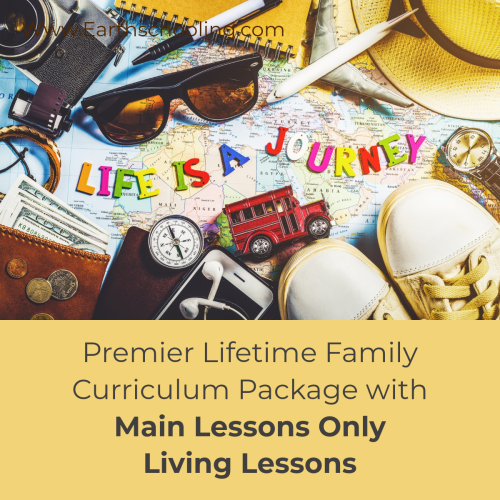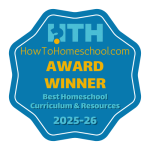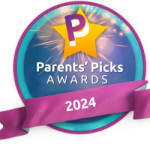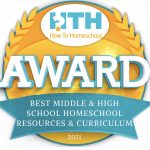Description
You own this program for life once you purchase it.*
FREE COMPLETE LESSONS
Free First Lesson: Seventh Grade Astronomy
Free First Lesson: Seventh Grade Poetry
Free First Lesson: Seventh Grade Geometry
View Welcome to Seventh Grade with Waldorf Teacher Stephanie
STATUS: At this time the Seventh Grade Living Lessons are almost complete. More lessons are being uploaded on a weekly basis. As they are uploaded they are listed here and the price on this listing will increase. We have only one more short block to finish to make this package complete. This block will be completed for the 2025-2026 school year. You will receive it for free when you order the package today.
History
Seventh Grade: The Renaissance: Main Lesson: Video
Seventh Grade: The Middle Ages & Crusades: Main Lesson: Video
Seventh Grade: The Age of Exploration: Video
Seventh Grade Math Block: Algebra
Math Block Day 1 – Intro to Integers
Integers #1: Worksheet & Answer Key
Math Block Day 2 – Adding Integers
Integers #2: Worksheet & Answer Key
Day 3 – Subtracting Integers
Integers #3: Worksheet & Answer Key
Day 4 – Multiplying Integers
Integers #4: Worksheet & Answer Key
Day 5 – Dividing Integers
Integers #5: Worksheet & Answer Key
Integers Poem
Day 6 – Exponents Day 1: Introduction to Exponents
Exponents Worksheet & Answer Key
Day 7 – Exponents Day 2: Exponents
Exponents Worksheet & Answer Key
Day 8 – Exponents Day 3: Squares
Squares Worksheet & Answer Key
Day 9 – Exponents: Day 4
Day 10 – Exponents: Day 5
Day 11 – Algebra: Day 1
Day 12 – Algebra: Day 2
Day 13- Algebra: Day 3
Day 14 – Algebra: Day 4
Day 15 – Algebra: Day 5
Day 16 – Algebra Day 6
Day 17 – Math Review & Final Lesson
Day 17B: Math Review Answer Sheet
Algebra lessons include: multiplication, division, multiple operations, distributive law, and more.
Seventh Grade Math Block: Geometry
Math 1: Fibonacci sequence: Part I
Math 2: Fibonacci sequence: Part II
Math 3: The Golden Mean
Math 4: The Pentagon: Part I
Math 5: The Pentagon: Part II
Math 6: The Human Body and Phi
Math 7: Angle Proofs, Part 1
Math 8: Angle Proofs and Theorems, Part 2
Math 9: Pythagoras, Part 1
Math: 10: Pythagoras: Part 2
Math: 11: Pythagoras: Part 3
Math: 12: Pythagorean Triples & Area
Math: 13: Area of Triangles
Math 14: Area of a Trapezoid
Math 15: Circumference and Pi
Math 16: Area of a Circle
Math 17: Pythagoras’ Spiral
Math 18: Heptagon
Math 19: Square Root Algorithm – Part I
Math 20: Square Root Algorithm – Part II
Math 21: Square Root Algorithm – Part III
Math 22: Square Root Algorithm – Part IV
Renaissance Block
Renaissance Lesson 1: Petrarch
Renaissance Lesson 2: Giotto
Renaissance Lesson 3: The Black Death
Renaissance Lesson 4: Brunelleschi
Renaissance Lesson 5: Joan of Arc: Part I
Renaissance Lesson 6: Joan of Arc: Part II
Renaissance Lesson 7: Joan of Arc: Part III
Renaissance Lesson 8: Medici
Renaissance Lesson 9: DaVinci – Part 1
Renaissance Lesson 10: DaVinci – Part 2
Renaissance Lesson 11: DaVinci – Part 3
Renaissance Lesson 12: Michaelangelo – Part 1
Renaissance: Lesson 13: Michaelangelo – Part 2
Renaissance Lesson 14: Raphael
Renaissance: Lesson 15: Savonarola
Renaissance Lesson 16: Isabel and Ferdinand
Renaissance Lesson 17: Martin Luther: Part I
Renaissance Lesson 18: Martin Luther: Part II
Renaissance Lesson 19: Thomas Moore
Middle Ages Block
Middle Ages 1: Introduction & Castle Painting
An introduction to the Middle Ages – leading on from the Fall of Rome.
Painting castles (with some information on castles) for cover pages.
Middle Ages 2: Attila the Hun / The Franks / Clovis I
We learn a little bit about Attila the Hun and how the Romans fought his armies alongside the Frankish armies. We hear of the first Christian king of the Franks – Clovis I.
Draw the Feudal System pyramid with discussion on each different ‘class’.
Middle Ages 3: Monks and Monasteries
We learn about monasteries and monks – in particular St Benedict and the Benedictine rule. Write out our own ‘Benedictine Rule’ using illuminated letters.
Middle Ages 4: Charlemagne (could easily be split over 2 or 3 days)
We learn about the ‘Father of Europe’, Charlemagne, or Charles the Great – the harsh way he dominated other tribes of Europe, and the inspiring way he encouraged education in the Middle Ages. Draw a picture of Charlemagne.
Middle Ages 5: The Islamic World in the Middle Ages
We look at the grandeur, wealth, territories and religion of the Muslim people in the Middle Ages – paying particular attention to one of the greatest caliphs, Harun al-Rashid.
Dictation on Charlemagne.
Middle Ages: Lesson 6: Knights in the Middle Ages
In this lesson we learn about what it was like to become a knight in the Middle Ages! The written work is an essay comparing Charlemagne’s court and Harun al-Rashid’s court.
Middle Ages: Lesson 7: The Crusades
In this lesson we hear all about the Crusades, focusing in particular in the peasants’ crusade and the first crusade. Our written work is a diary entry of a knight (following on from Lesson 6) and designing our own shield of honor.
Middle Ages Lesson 8: The Crusades: Part II
In this lesson, we learn more about the crusades – this time looking at the saddest one of them all, the Children’s Crusade of 1212. The written work includes a dictation on the crusades.
Middle Ages Lesson 9: Eleanor of Aquitaine
In this lesson we hear about one of the most interesting queens who ever lived, Eleanor of Aquitaine! This is the first half of her life. For the written work, we will draw a portrait of Eleanor using watercolor pencils.
Middle Ages Lesson 9B: Queen Eleanor: Part II
In this lesson we hear the rest of the story of Queen Eleanor. The written work includes instructions on how to write a letter to Eleanor…
Middle Ages Lesson 10: 100 Year War
In this lesson we hear about the 100 year war and some of the kings who ruled at their time, as well as touching on the ‘Black Prince’ of England. For the written work we will draw up a table of comparisons between the Middle Ages and Modern Life.
Middle Ages Lesson 11: The Plague
In this lesson we learn about the Bubonic Plague / Black Death, which ravaged Europe in the late middle ages. For the artistic work we will draw a ‘plague doctor’ using charcoal.
Day 12 of the Middle Ages: Joan of Arc: Part I
In this lesson we hear about the incredible Joan of Arc (part one) and how, at just 16 years old, she joined the French war against the English and Burgundies. After the lesson we then create a stained glass window (paper version) of Joan of Arc. This art project could be done over two days.
Day 13 of the Middle Ages: Joan of Arc: Part II
In this lesson we hear the second half of Joan of Arc’s story. For the written work we create old parchment paper, and write a news article about the life of Joan of Arc.
Age of Chivalry Block
G7 Age of Chivalry: Lesson #1: Eleanor of Aquitaine: Part I
1 PDF for this lesson
G7 Age of Chivalry: Lesson #2: Eleanor of Aquitaine: Part II
1 PDF for this lesson
G7 Age of Chivalry: Lesson #3: Feudalism
1 PDF for this lesson
G7 Age of Chivalry: Lesson #4: Knighthood
1 PDF for this lesson
G7 Age of Chivalry: Lesson #5: Gothic Cathedrals
3 PDFs for this lesson
G7 Age of Chivalry: Lesson #6: England and Normandy
MLB Page PDF
G7 Age of Chivalry: Lesson #7: William the Conquerer
MLB Page PDF
G7 Age of Chivalry: Lesson #8: The Plantagenet Kings
MLB Page PDF
G7 Age of Chivalry: Lesson #9: Richard the Lionheart
MLB Page PDF
Quote PDF
G7 Age of Chivalry: Lesson #10: King John: Part One
PDF: (with Biography attachment)
G7 Age of Chivalry: Lesson #11: King John: Magna Carta
PDF: (with Magna Carta .pdf)
G7 Age of Chivalry: Lesson #12: Building and Living in a Castle
PDFs: (with Lochinvar and Castle Attachment)
G7 Age of Chivalry: Lesson #13: Islamic Golden Age
PDF: (with image)
G7 Age of Chivalry: Lesson #14: The Crescent and the Cross
G7 Age of Chivalry: Crescent and Cross MLB Page
G7 Age of Chivalry: Quotes for the Crusades
G7 Age of Chivalry: Lesson 15: Saracen Chivalry
Saracen Chivalry MLB
G7: Age of Chivalry: Lesson 16: The Hundred Years War: Part I
Hundred Years War: Map #1
Hundred Years War: Map #2
G7 Age of Chivalry: Lesson 17: The Hundred Years War: Part II
G7 Age of Chivalry: Lesson 18: Hundred Years War: Part III
G7 Age of Chivalry: Hundred Years War: Maps 3 and 4
G7 Age of Chivalry: Hundred Years War Summary: Part 1
G7 Age of Chivalry: Lesson 19: Wrap Up and Jeopardy Review
G7 Age of Chivalry: Hundred Years War Summary: Part 2
G7 Age of Chivalry: Hundred Years War MLB 1
G7 Age of Chivalry: Hundred Years War MLB 2
G7 Age of Chivalry: Hundred Years War MLB 3
G7 Age of Chivalry: Hundred Years War MLB 4
Astronomy Block
Geocentric Astronomy
Astronomy 1: The Perceived Path of the Sun
Astronomy 2: The Perceived Path of the Sun
Astronomy 3: The Perceived Path of the Sun
Astronomy 4: The Perceived Path of the Stars
Astronomy 5: The Perceived Path of the Stars: Part Two
Astronomy 6: The Perceived Path of the Stars: Part Three
Astronomy 7: The Perceived Path of the Stars: Part Four
Astronomy 8: The Moon_Part 1
Astronomy 9: The Moon_Part 2
Astronomy 10: The Moon_Part 3
Heliocentric Model of Astronomy
Astronomy Lesson A: Ptolemy
Astronomy Lesson B: Copernicus
Astronomy Lesson C: Giordano Bruno
Astronomy Lesson D: Tycho Brahe
Astronomy Lesson E: Galileo: Part I
Astronomy Lessons F: Galileo: Part II
Astronomy Lessons G: Kepler
Astronomy Lessons H: (Final Astronomy Lesson for 7th Grade) Newton
Language Block
G7 Poetry: Wish, Wonder, and Surprise: Lesson 1: Imagery
G7 Poetry: Wish, Wonder, and Surprise: Lesson 2: Show, Not Tell
G7 Poetry: Wish, Wonder, and Surprise: Lesson 3: Character Sketch
G7 Poetry: Wish, Wonder, and Surprise: Lesson 4: Nostalgia
G7 Poetry: Wish, Wonder, and Surprise: Lesson 5: Wish
G7 Poetry: Wish, Wonder, and Surprise: Lesson 6: Wish for Humanity
G7 Poetry: Wish, Wonder, and Surprise: Lesson 7: Limerick
PDF of Limerick
G7 Poetry: Wish, Wonder, and Surprise: Lesson 8: Sonnet
PDF of Sonnet
G7 Poetry: Wish, Wonder, and Surprise: Lesson 9: Simile
G7 Poetry: Wish, Wonder, and Surprise: Lesson 10: Surprise Ending
Gift of the Magi: PDF
G7 Poetry: Wish, Wonder, and Surprise: Lesson 11: Types of Surprise
G7 Poetry: Wish, Wonder, and Surprise: Lesson 12: Descriptive Writing, Landscape
Artistic Dictation PDF
G7 Poetry: Wish, Wonder, and Surprise: Lesson 13: Surprise -vs- Suspense
G7 Poetry: Wish, Wonder, and Surprise: Lesson 14: Free Verse – Part I
G7 Poetry: Wish, Wonder, and Surprise: Lesson 15: Free Verse – Part II + PDF – FINAL LESSON
Seventh Grade Physics Block
Recorder Song Book for Songs Used During Physics Lessons
G7 Physics: Lesson 1: Physics: Mechanics (Demonstration 1 )
Main Lesson Book Page PDF
G7 Physics: Lesson 2: Physics: Mechanics (Review 1: The Lever)
Worksheet Instructions PDF
G7 Physics: Lesson 3: Mechanics: Simple Machines: Law of the Lever
Sample MLB Page: Defining Levers
G7 Physics: Lesson 4: Mechanics: Simple Machines: Types of Levers
Sample MLB Pages: Law of the Lever and Types of Levers
G7 Physics: Lesson 5: Mechanics: The Inclined Plane: Part I (was simple mechanics)
Mechanical Advantage handout and sample MLB page (missing this)
G7 Physics: Lesson 6: Mechanics: Inclined Plane: Part II
Sample MLB pages for Demo 2
G7 Physics: Lesson 7: Mechanics: Simple Machines #3 (Demonstration)
Mechanical Advantage PDF
Sample MLB Page
G7 Physics: Lesson 8: Mechanics: The Wedge
Wedge Write Up: Page 1
Wedge Write Up: Page 2
G7 Physics: Lesson 8B: Mechanics Demonstration: Simple Machines #4
Lesson 8B_Mechanical Advantage Wedge PDF
G7 Physics: Lesson 9: Mechanics: Archimedes’ Screw
With Mechanical Advantage of Screw practice problems
Sample MLB Page
G7 Physics: Lesson 10: Mechanics: Demonstration: Simple Machine
G7 Physics: Lesson 11: Mechanics: Wheel and Axel: Part I
Sample MLB Pages Wheel and Axel: Page 1
Sample MLB Pages Wheel and Axel: Page 2
Sample MLB Pages Wheel and Axel: Page 3
G7 Physics: Lesson 12: Mechanics: Wheel and Axel: Part II
Sample MLB Pages Wheel and Axel: Page 1
Sample MLB Pages Wheel and Axel: Page 2
Gear Examples PDF
Mechanical Advantage Problems
G7 Physics: Lesson 13: Practice with Gears
Practice with Gears: Practice Problems
G7 Physics: Lesson 14: Demonstration Simple Machines #6: The Pulley
Pulley MLB Page PDF
Seventh Grade Age Of Exploration Block
Age of Exploration: Lesson One: Henry the Navigator: Part I
Age of Exploration: Lesson Two: Henry the Navigator: Part II
Age of Exploration: Lesson Three: Bartholomeu Dias
Age of Exploration: Lesson Four: Vasco da Game Part I
Age of Exploration: Lesson Five: Vasco da Game Part II
Age of Exploration: Lesson Six: Vasco da Game Part III
Age of Exploration: Lesson Seven: Vasco da Game Part IV
Age of Exploration: Lesson Eight: Vasco da Game Part V: A Journey’s End
Age of Exploration: Lesson Nine: Vasco da Game Part VI: The Aftermath –
Age of Exploration: Lesson Ten: Christopher Columbus: Part I
Age of Exploration: Lesson Eleven: Christopher Columbus: Part II
Age of Exploration: Lesson Twelve: Christopher Columbus: Part III: Final Journeys
Age of Exploration: Lesson Thirteen: Ferdinand Magellan: Part I
Age of Exploration: Lesson Fourteen: Ferdinand Magellan: Part II
Age of Exploration: Lesson Fifteen: Ferdinand Magellan: Part III
Age of Exploration: Lesson Sixteen: Ferdinand Magellan: Part IV: Wrap-up
Age of Exploration: Lesson Seventeen: Amerigo Vespucci
Seventh Grade African Geography
African Geography: Introduction to the Geography of Africa: Lesson 1
African Geography: Lesson 1: Sample MLB page
African Geography: Lesson 2: Physical Geography of Africa: Part I
African Geography: Lesson 3: Physical Geography of Africa: Part II: Guided Drawing Technique
African Geography: Lesson 3: Sample MLB Page PDF
African Geography: Lesson 4: Flora and Fauna of Africa: Part I
African Geography: Lesson 4: Sample Postcard PDF
African Geography: Lesson 5: Flora and Fauna of Africa: Part II
African Geography: Lesson 5: Flora and Fauna of Africa: Part II: MLB Page PDF
African Geography: Lesson 6: Physical Geography through Myth and Folklore
African Geography: Lesson 6: Physical Geography through Myth and Folklore: MLB Page PDF
African Geography: Lesson 6: Physical Geography through Myth and Folklore: MLB Page Instructions PDF
African Geography: Lesson 7: The Massai: Introduction
African Geography: Lesson 7: The Massai: Gap Fill Exercise PDF
African Geography: Lesson 7: The Massai: Sample MLB Page PDF*
African Geography: Lesson 8: The Massai Tribe: Part II
African Geography: Lesson 8: The Massai Tribe: Part II: Sample MLB Page (already labelled as *)
African Geography: Lesson 8: The Massai Tribe: Part II: Recorder Piece Siyahamba
African Geography: Lesson 9: The Massai: Customs and Beliefs
African Geography: Lesson 9: The Massai: PDF: MLB Page
African Geography: Lesson 9: The Massai: Proverbs Documents
African Geography: Lesson 10: Intro to the Tuareg
African Geography: Lesson 10: Intro to the Tuareg: Sample MLB Page
African Geography: Lesson 10: Intro to the Tuareg: Gap Fill Exercise
African Geography: Lesson 11: The Tuareg Customs and Beliefs
African Geography: Lesson 11: The Tuareg Customs and Beliefs: MLB Page Sample
African Geography: Lesson 12: The Central African Foragers
African Geography: Lesson 12: The Central African Foragers: MLB Page Sample
African Geography: Lesson 13: Jane Goodall
African Geography: Lesson 13: Jane Goodall: Sample MLB Page
African Geography: Lesson 14: Exploring Africa: David Livingstone
African Geography: Lesson 14: Exploring Africa: David Livingstone MLB Page
African Geography: Lesson 15: Livingstone and Stanley
African Geography: Lesson 15: Livingstone and Stanley: Sample MLB Page
Seventh Grade South American Geography
South American Geography: Lesson 1: Introduction
South American Geography: Lesson 1: Sample MLB Page
South American Geography: Lesson 1: Recorder Music Page 1 and 2
South American Geography: Lesson 2: Physical Geography
South American Geography: Lesson 2: Andean Poem for MLB Page
South American Geography: Lesson 3: People of the Andes: The Inca
South American Geography: Lesson 3: People of the Andes: The Inca: MLB Page
South American Geography: Lesson 4: Machu Picchu
South American Geography: Lesson 4: Machu Picchu: Quotes
South American Geography: Lesson 4: Machu Picchu: Extra MLB Page
South American Geography: Lesson 5: People of the Salt Flats
South American Geography: Lesson 5: People of the Salt Flats: Main Lesson Book Page
South American Geography: Lesson 6: Introduction to the Amazon Rainforest (Merge PART 1 and PART II)
South American Geography: Lesson 6: Introduction to the Amazon Rainforest: MLB
South American Geography: Lesson 7: Tribes of the Amazon
South American Geography: Lesson 7: Creative Writing PDF
South American Geography: Lesson 8: Pampas
South American Geography: Lesson 8: Texts to Copy PDF
Art & Handwork Lessons
Use these to accompany the perspective drawing lessons on the lesson block page here. We have also included our lesson block for this below. This is also a good lesson to go with the Renaissance block or Da Vinci studies or any time you will be having students draw buildings or architecture.
Seventh Grade Perspective Drawing: PDF
Seventh Grade Art Main Lesson: 1-Point Perspective: Video
Seventh Grade Art Main Lesson: 2-Point Perspective: Video
Seventh Grade Art Main Lesson: 3-Point Perspective: Video
Seventh Grade Art Main Lesson: Atmospheric Color – Part 1: Video
Seventh Grade Art Main Lesson: Atmospheric Color – Part 2: Video
Handwork
Wet-felted Pumpkins Craft: Video
How to Make a Waldorf Doll: Part One: Video
How to Make a Waldorf Doll: Part Two: Video
How to Make a Waldorf Doll: Part Three: Video
How to Make a Waldorf Doll: Part Four: Video
How to Make a Waldorf Doll: Part Five: Video
How to Make a Waldorf Doll: Part Six: Video
Sewing an Embroidered Needle Case: Part 1A
Sewing an Embroidered Needle Case: Part 1B
Sewing an Embroidered Needle Case: Part 2
Sewing an Embroidered Needle Case: Part 3A
Sewing an Embroidered Needle Case: Part 3B
Sewing an Embroidered Needle Case PDF
Cross Stitch Pin Cushion: PDF Photo
Cross Stitch Pin Cushion: Supply List
Cross Stitch Pin Cushion: Video 1
Cross Stitch Pin Cushion: Video 2
Cross Stitch Pin Cushion: Video 3
Music Living Lessons For 7th Grade
Playing the Ukulele: Level One: Lesson One: Video
Playing the Ukulele: Level One: Lesson Two: Video
Playing the Ukulele: Level One: Lesson Three: Video
Playing the Ukulele: Level One: Lesson Four: Video
Playing the Ukulele: Level One: Lesson Five: Video
Playing the Ukulele: Level One: Lesson Six: Video
Playing the Ukulele: Level One: Lesson Seven: Video
Playing the Ukulele: Level One: Lesson Eight: Video
Ukulele: Level 2: Class 1: Video
Ukulele: Level 2: Class 2: Video
Ukulele: Level 2: Class 3: Video
Ukulele: Level 2: Class 4: Video
Ukulele: Level 2: Class 5: Video
Ukulele: Level 2: Class 6: Video
Ukulele: Level 2: Class 7: Video
Ukulele: Level 2: Class 8: Video
Ukulele: Level 3: Class 1: Video
Ukulele: Level 3: Class 2: Video
Ukulele: Level 3: Class 3: Video
Ukulele: Level 3: Class 4: Video
Ukulele: Level 3: Class 5: Video
Ukulele: Level 3: Class 6: Video
Ukulele: Level 3: Class 7: Video
Ukulele: Level 3: Class 8: Video
Already Included…
This listing is for a single family purchase. If you are a co-op, teacher at a school, school, or charter school please see our co-op page HERE.
The seventh grader is filled with wonder and curiosity now. Their mind awakened to the more logical way of thinking in sixth grade but now that they’ve been through a year of Roman law, logical thinking, debate and other intellectual activities they are starting to realize that intellect and logic is not always dull.
When combined with creativity and wonder intellect and logic can be a powerful combination that can take them to places they never imagined! The seventh grader desires to explore these possibilities. At the same time they are also very interested in getting to know themselves. During this time we must foster their need for self-exploration as well as their need to explore the world. We will take the seventh grader through the Renaissance and Reformation age just as we will take them through this Renaissance of their soul. We will show them how individualism overcame feudal rule during this time and will introduce them to people like Leonardo DaVinci who embodies intellect, logic, creativity and exploration. Seventh graders will also explore the concepts of mechanics in physics, inorganic chemistry, and physiology. In math they will explore more algebra and negative numbers. Form drawing will include perspective drawing. Music includes music from the period of study. A school play from the Renaissance usually rounds out the year.
Why do we call this a “Curriculum Experience” ? Because when you purchase Earthschooling curriculum you not only receive a full curriculum (without the need to purchase any additional materials) but you also receive:
*Teacher support videos, mP3s and live support worth over $200.00
*Instructional Movement/Eurythmy videos worth over $150.00
*24-Hour member forum
*Bi-monthly Q & A sessions with a Waldorf teacher worth over $180.00 a year
*Access to member photo galleries
*Access to your experience on any device – mobile phone, tablet or computer – from any location
*Member chat forums
*Weekly newsletter with tips, updates and more
*Free updates for life (we add new material every year)
*Cultural & language enrichment lessons including Spanish, German, French, Arabic and more worth over $185.00
Main Lessons
Lesson Block: World Geography
Lesson Block: History: Early Settlers and Human Deeds
Lesson Block: History: Part One: Late ME and Crusades
Lesson Block: History: Part One B: Late ME and Crusades
Lesson Block: History: Part Two: Renaissance
Lesson Block: History: Part Three: Age of Chivalry and Reformation
Lesson Block: History: Joan of Arc
Lesson Block: History: Part Four: Age of Exploration
Lesson Block: History: Part Four: Martin Luther
MLB Samples: G7 Age of Exploration by Hannah
MLB Samples: G7 Medieval by Hannah
MLB Samples: G7 Renaissance by Hannah
Lesson Block: Language: Writing Exercises Review
Lesson Block: Language: Short Stories and Essays Review
Lesson Block: Language: Short Stories and Essays for G7
Lesson Block: Language: Poetry and Plays
Lesson Block: Language: Interviews
Lesson Block: Language: Reports
MLB Samples: Language by Hannah
Lesson Block: Math: G7 Math Basics: Part One
Lesson Block: Math: G7 Math Basics: Part Two
Lesson Block: Science: Atom Board Set: Instructions and Lesson (Video & PDF)
Lesson Block: Science: Astronomy
MLB Samples: Astronomy by Sofia
Lesson Block: Science: Waldorf Chemistry
Lesson Block: Science: Meteorology
Lesson Block: Science: Physics: Advanced Electricity and Magnetism
Lesson Block: Science: Physics: Machines
Lesson Block: Science: Physics: Physiology
Lesson Block: Science: Physics: Influential Scientists
Lessons in Art & Handwork
Lesson: Black and White Drawing Lesson (PDF)
G7 Black and White Drawing by Waldorf Teacher Rick Tan (Video)
Lesson: Perspective Drawing (PDF)
Lesson: Modeling and Sculpture Lessons (PDF)
Lesson: How to Make a Waldorf Doll (PDF)
Lesson: Woodcarving for Kids (Video)
Lesson: Woodworking with Kids (Video & PDF)
Lesson: Fiber Identification (PDF)
MLB Samples: G7 Drawing by Hannah
Music Lessons
Gregorian Chants (PDF)
MP3s for Music: Gregorian Chants (MP3s)
Music of Africa (PDF)
MP3s for Music: Music of Africa (MP3s)
Music of the Renaissance (PDF)
MP3s for Music of the Renaissance (MP3s)
Eurythmy
Guidelines for Seventh Grade Eurythmy (PDF)
Pentagram (Video & PDF)
How to Occupy Space (Video & PDF)
Straight Lines and Curves in Combination (Video & PDF)
Moving Straight Lines and Crosses (Video & PDF)
Moving Lemniscates (Video & PDF)
Moving Curves and Circles (Video & PDF)
Moving Spirals (Video & PDF)
Threefold Walking (Video & PDF)
Teacher Guides Specific to Seventh Grade
Seventh Grade Planner (PDF)
Seventh Grade Supply List (PDF)
Three Ways to Do a Main Lesson: Part 1 by Kristie Burns (Video)
Three Ways to Do a Main Lesson: Part 2 by Kristie Burns (Video)
Waldorf Wet on Dry Watercolor by Waldorf Teacher Rick Tan (Video)
Let’s Talk – A Waldorf Guide to Sex Education by Waldorf Teacher Rick Tan (PDF)
Golden Spiral Geometry Chalk Drawing Tutorial by Waldorf Teacher Brian Wolfe (Video)
Legal Support
Lists of Curriculum Concepts to Submit to State Supervising Teacher
Correspondence Charts between Earthschooling & Core Curriculum for State Board
Extra Member Benefits
Member Blog with Extra Lessons Indexed by Grade, Season and Topic
Seventh Grade Chat Room
24-Hour Member Forum
Free Support
FAQs Page for Seventh Grade
Seventh Grade Links Page
Member Galleries of the Seventh Grade Year, Classrooms & Lessons
Kristie’s Private Galleries of Earthschooling Photos
Teacher Reference Materials
Mini-Course: Waldorf 101 Mini-Course (PDFs)
Webinar: Planning Meeting with Waldorf Teacher Diane Power (MP3 & PDF)
Webinar: Planning Meeting with Earthschooling CEO, Kristie Burns (MP3 & PDF)
Webinar: Rhythm and Stages in Waldorf Education (Video, MP3 & PDF)
Webinar: Basics of Early Childhood Education (Video)
Basic Waldorf Verses: Circle Time, Bread Making, Clean Up Song, Basic Waldorf Verses, Leaving Songs, Lunch Blessing Songs (MP3s)
Reference: Introduction to Basic Waldorf Watercolor (PDF)
Planner: Weekly Scheduler for Multi-Age Classrooms (PDF)
Planner: My Waldorf Year (PDF)
Planner: My Waldorf Year for the Southern Hemisphere
Planner: Earthschooling Basic Planner (PDF)
Planner: For the Choleric, Melancholic, Sanguine and Phlegmatic (PDFs)
Mini-Book: Waldorf Basics (PDF)
Article: A Dozen Lesson Planning Tips (PDF)
Article: Parent & Teacher Modeling (PDF)
Article: The Importance of Free Play (PDF)
Article: Adapting Stories (PDF)
Article: Celebrating Festivals in Early Childhood (PDF)
Article: The Rhythm of Learning (PDF)
Article: The Three Day Rhythm (PDF)
Music for the Classroom: Sheet Music for the Year: January, February, March, April, May, June, July, August, September, October, November and December (PDFs)
Available Benefits for an Extra Fee
All the items listed above come with the seventh grade curriculum. However, we also offer the following services below for an additional fee:
Graduation Certificates & Transcripts Available for Additional Fee
Certified Teacher Consultations Available for Additional Fee
Live Tutoring with a Waldorf Teacher Available for Additional Fee
Live Tutoring with a Handwork Teacher Available for Additional Fee
Seventh Grade PDF Sample
See Living Lesson samples at the top of this page.
 Loading...
Loading...
If you are unfamiliar with this package and need samples we suggest that you purchase subject blocks to sample the curriculum (you will be given credit for your block purchase if you decide to upgrade) or contact us at: CustomerService@TheBEarthInstitute.com. You may also be interested in visiting our Testimonial Page or What is Earthschooling page. You can view our company purchase and privacy policies HERE.
Are you looking for curriculum packages without Living Lessons? You can find those HERE.
What are Living Lessons?
Students can use these full lessons by watching each video themselves. Students can be taught by a Waldorf teacher using these Living Lessons. However, we also feel it is important that the parent/teacher remains involved in the lessons to stay true to the Waldorf methods. So Living Lessons can also be used as a classroom assistant for you and a way for you to become a better teacher by having another teacher lead, guide, and inspire you. Either way you use them – your student will greatly benefit from these full lessons taught by a Waldorf teacher!
Here are some ways in which you may use the Living Lessons:
1. You are homeschooling multiple ages and need a virtual teacher now and then so you can offer each of your students individual attention.
2. You are looking for a virtual classroom experience with a Waldorf teacher.
3. You need a break now and then from homeschooling full time.
4. You want to enhance your own skill set by watching other teachers present Waldorf lessons.
5. You want to join a community of other parents experiencing Living Lessons with opportunities for your kids to connect with other kids in the program.
6. You are running a business or working from home and need a virtual teacher to help you homeschool.
7. You recently moved or are experiencing health challenges that make it hard to homeschool full time.
8. You are new to homeschooling and need a boost of confidence to start off your year.
9. You are new to Waldorf education.
10. You feel overwhelmed with the prospect of homeschooling or you have been forced into homeschooling and are feeling lost.
*You own this program for life once you purchase it. This item is fully downloadable. We are providing you this program with the intention of providing online access for life. However, because our website and video hosting vendors have been unpredictable in the past and their prices are not under our control we can only guarantee 18 months of online access to download everything and keep it forever. However, we will not end your online access at all unless we absolutely need to. We do not expect this to happen, however, because of past experience with our vendors we need to reserve this option. If we do need to end your online access after 18 months you still own this item. If you ever lose your items and need them again you can email us and request we send them to you or provide additional online access to download them. If you are purchasing from a Charter School that requires we limit your access, their rules and regulations will override ours.

